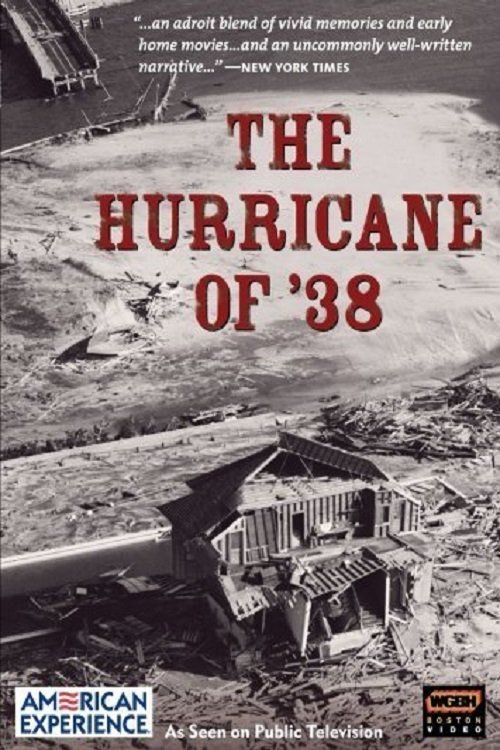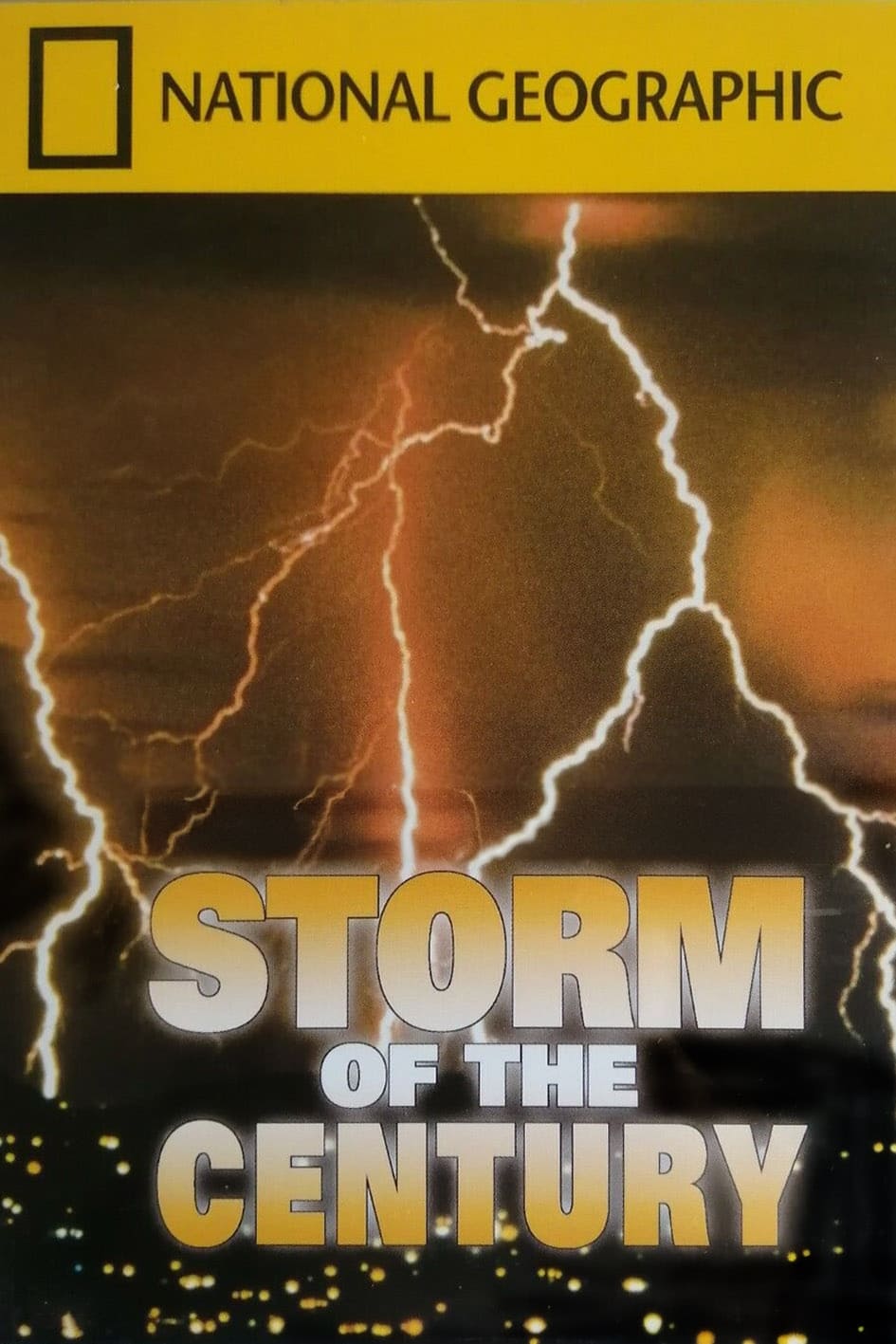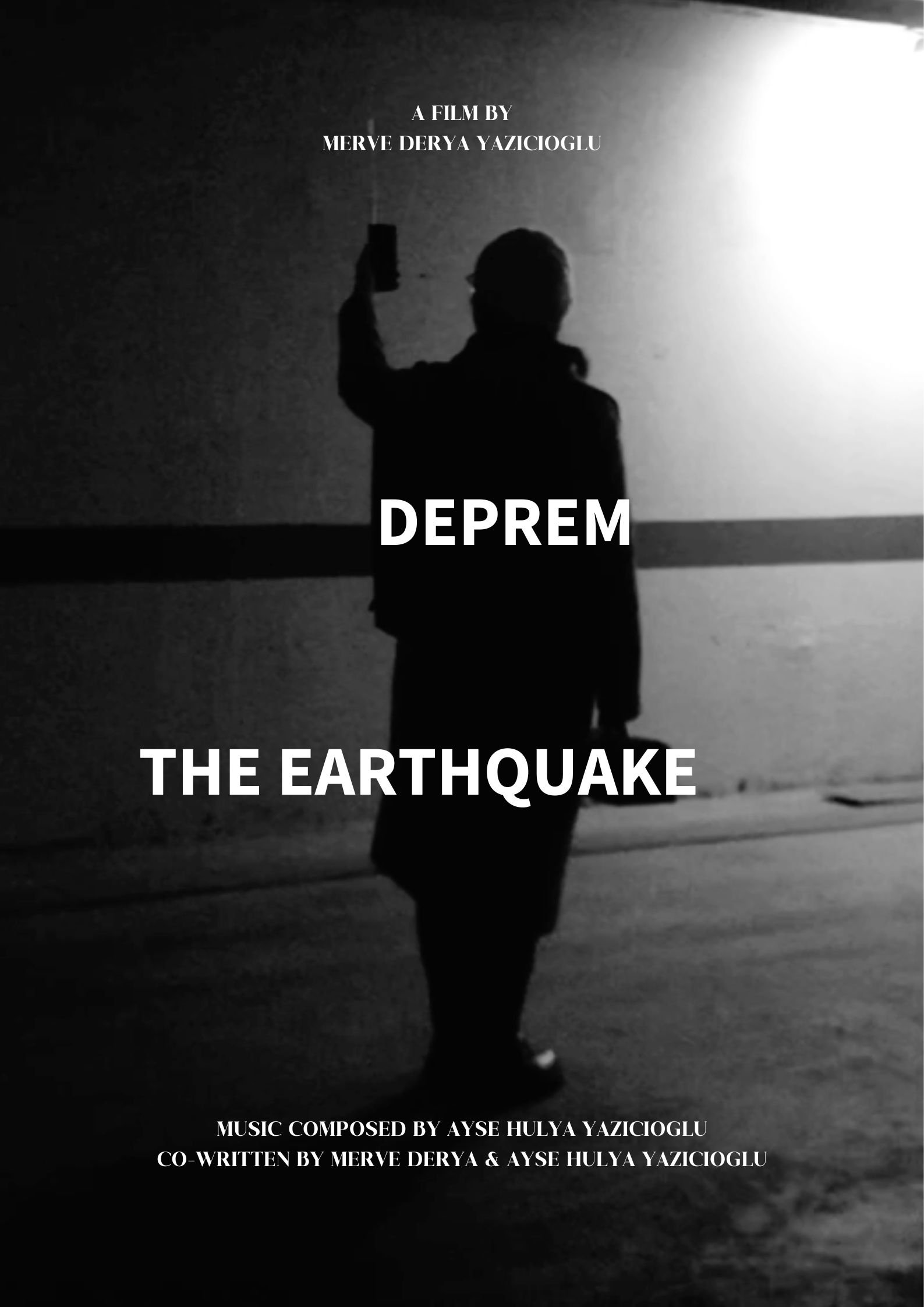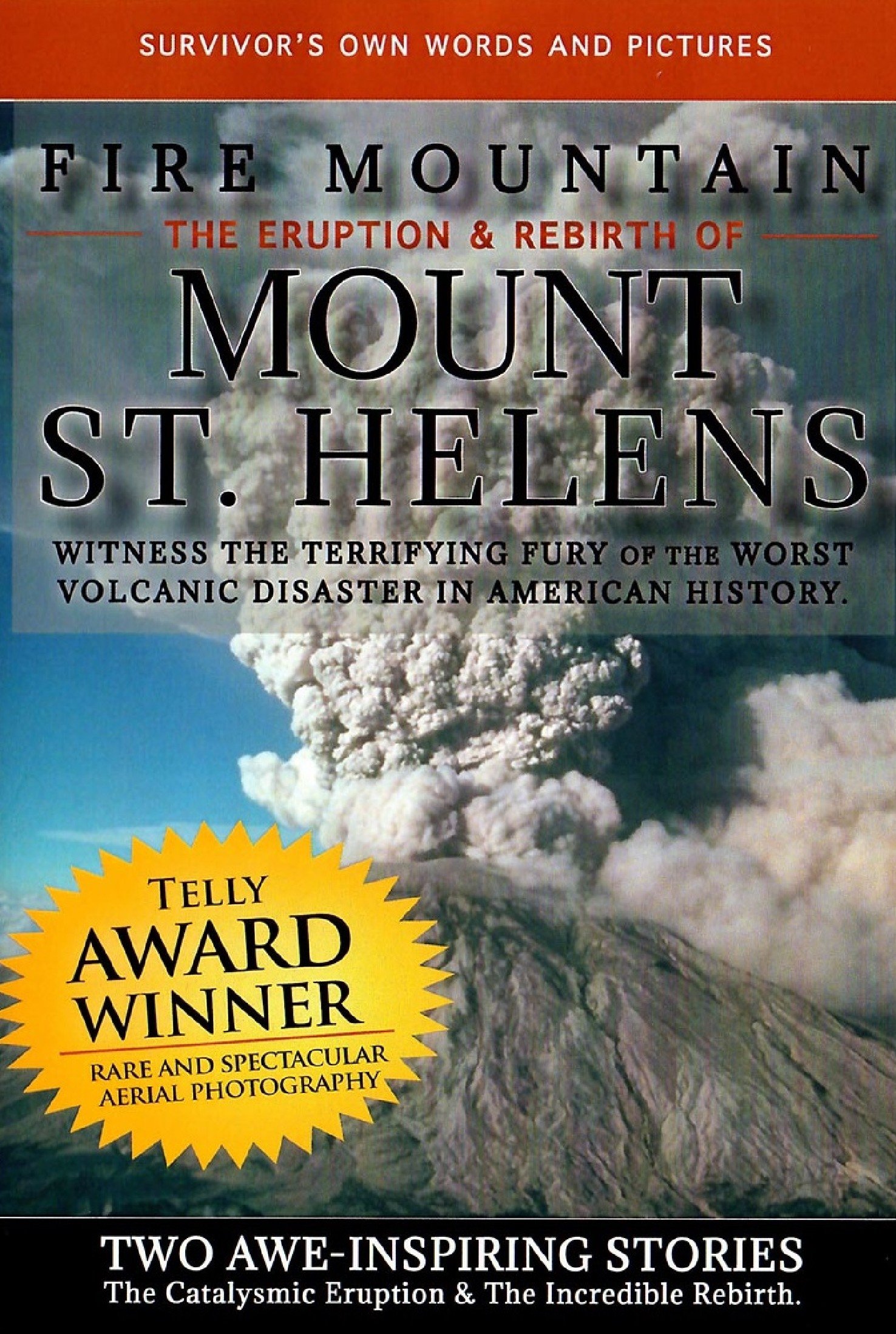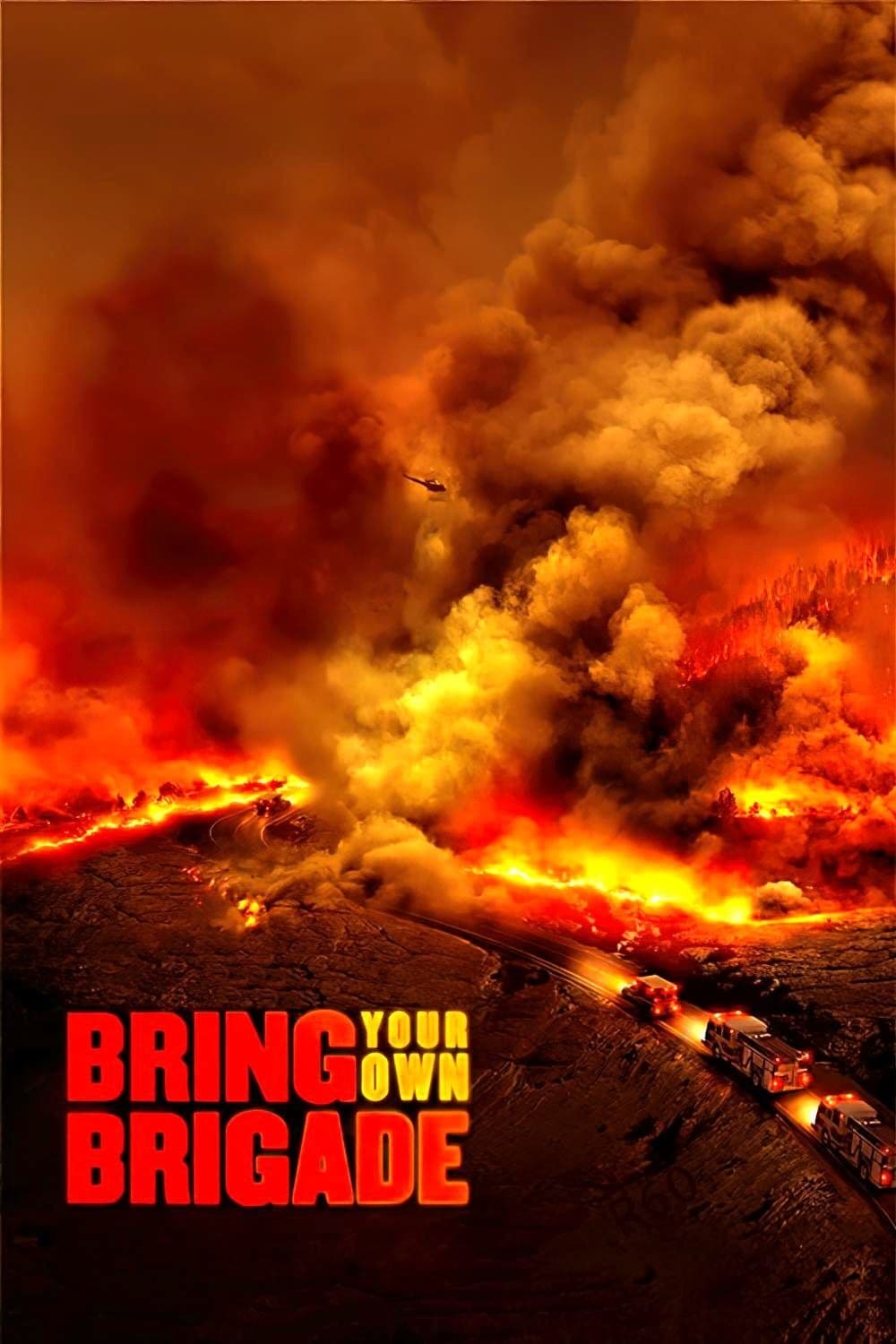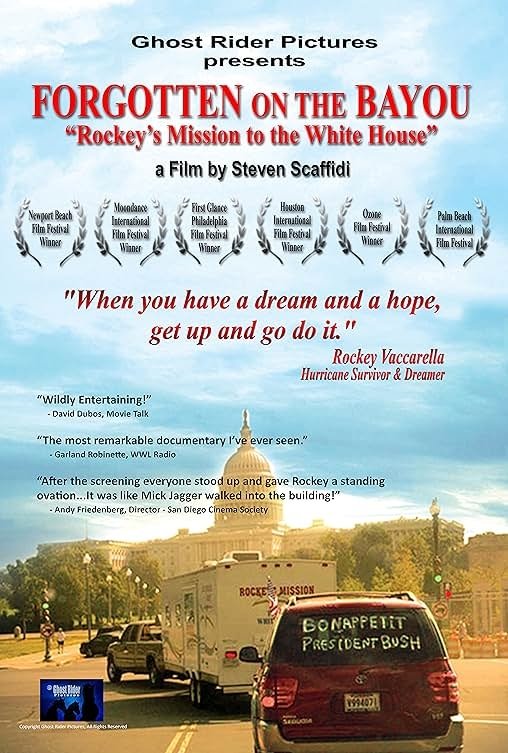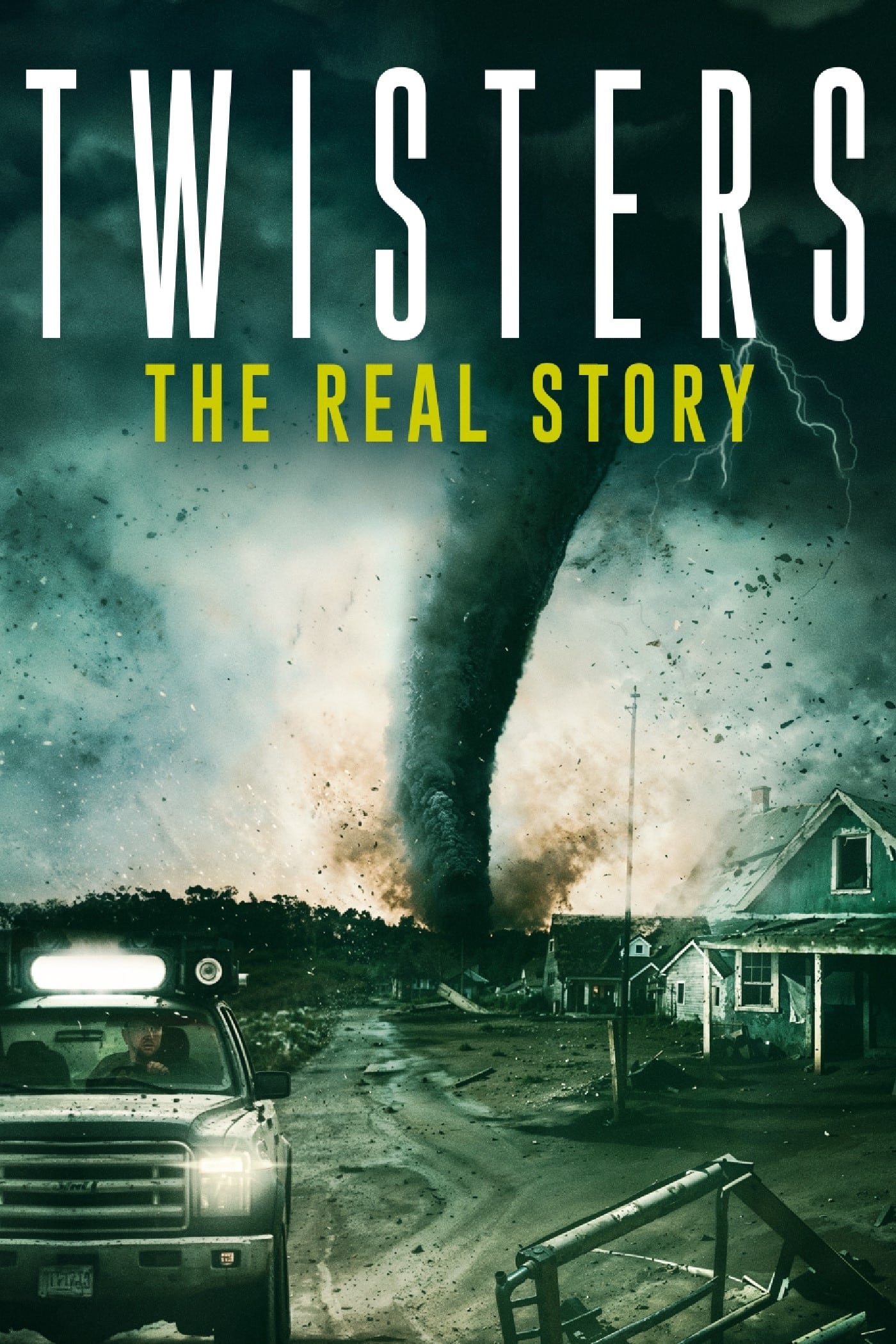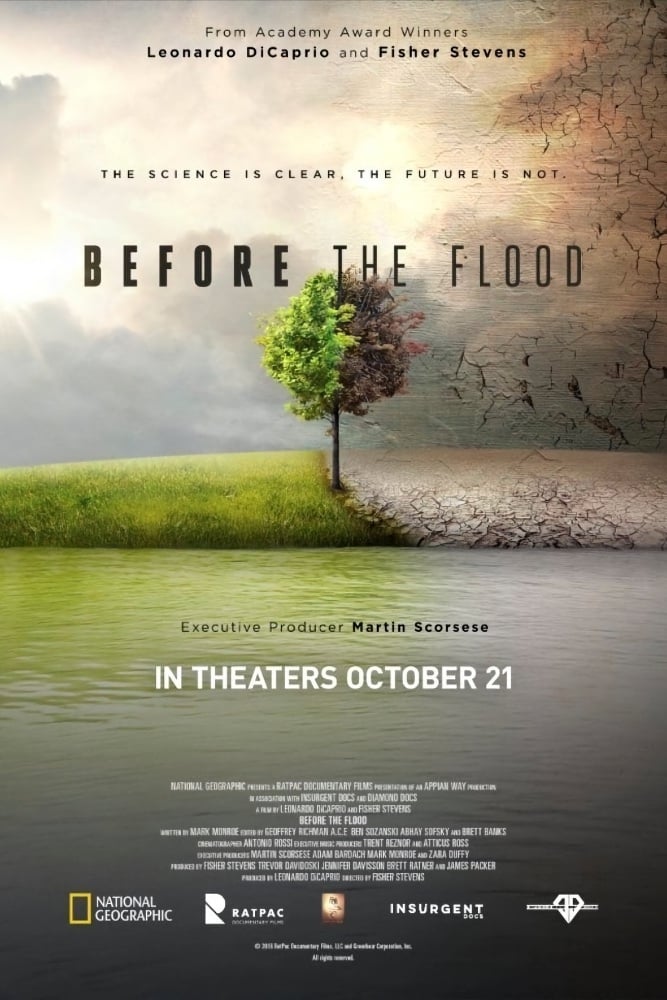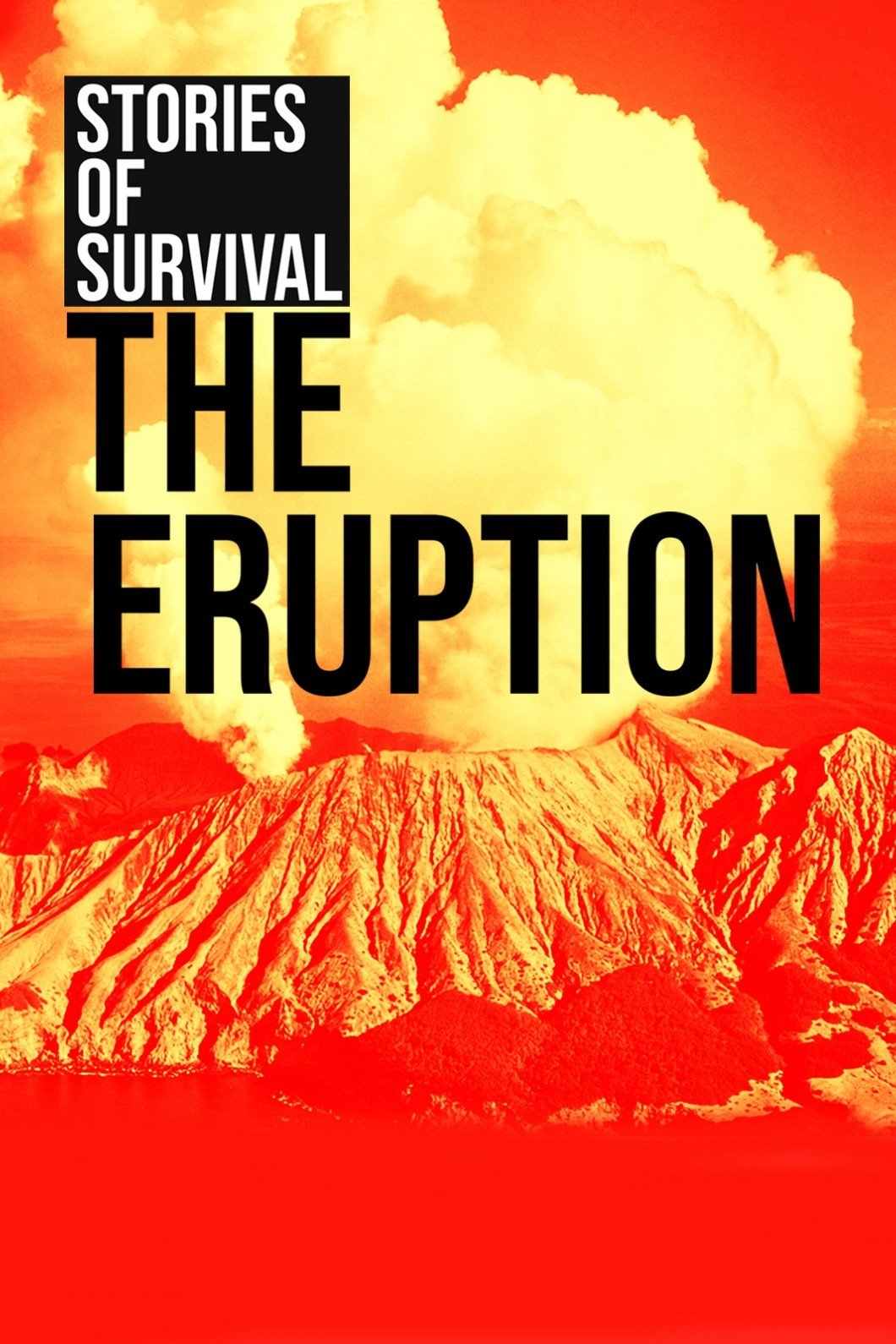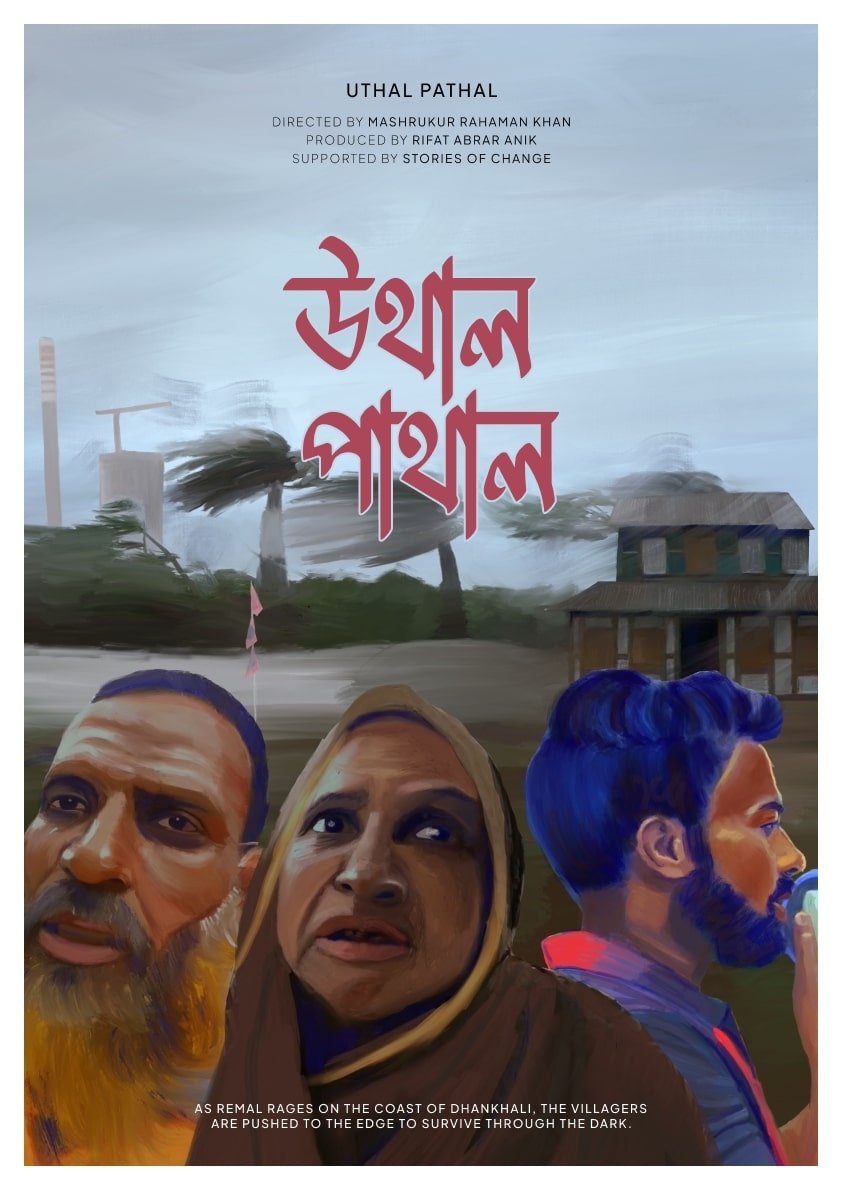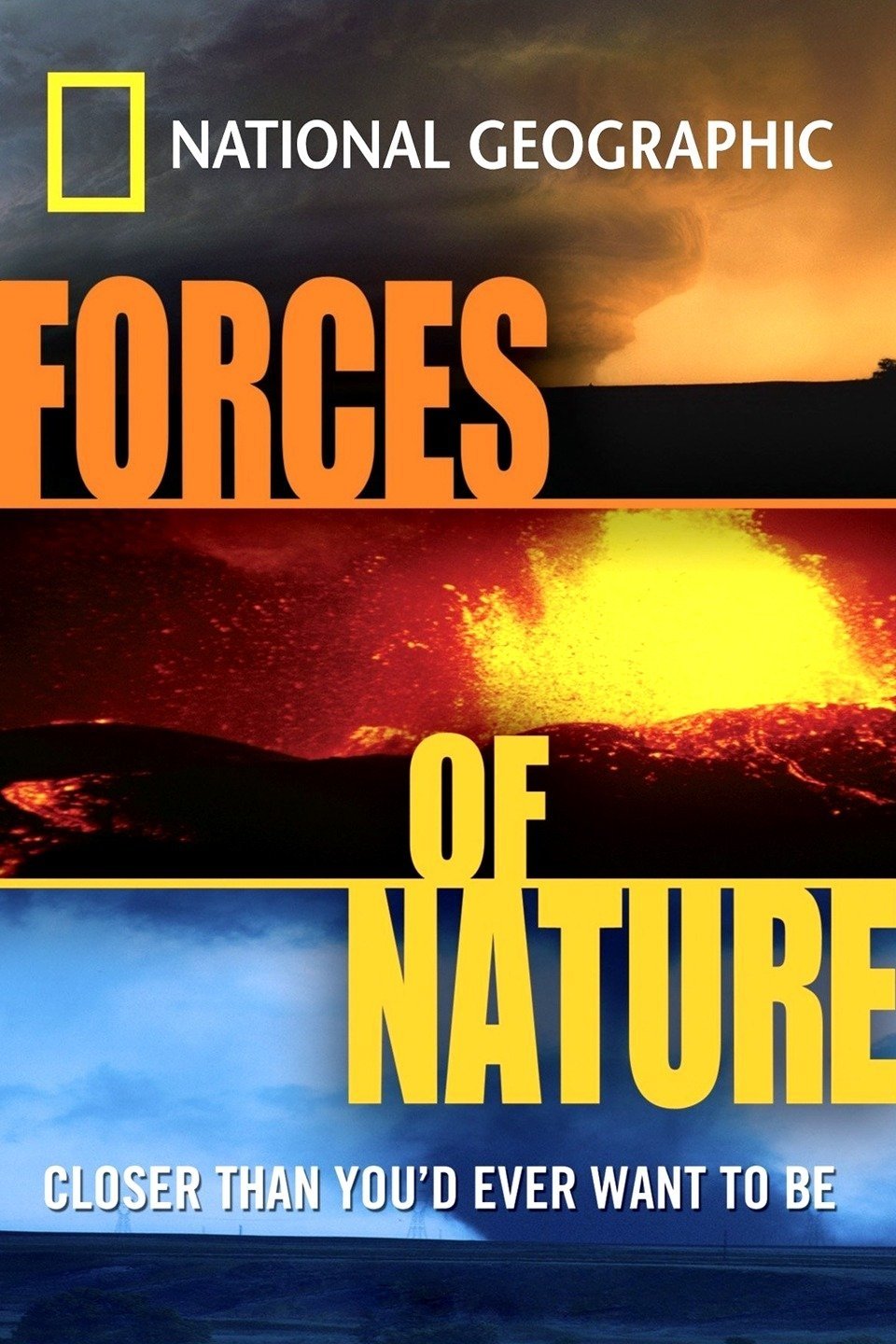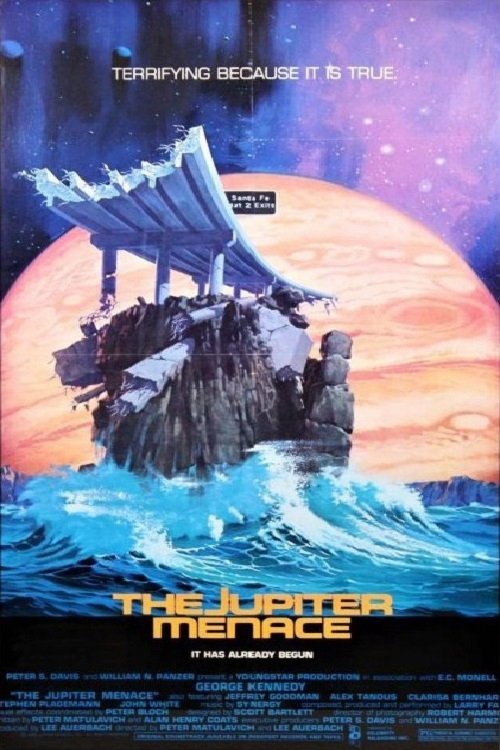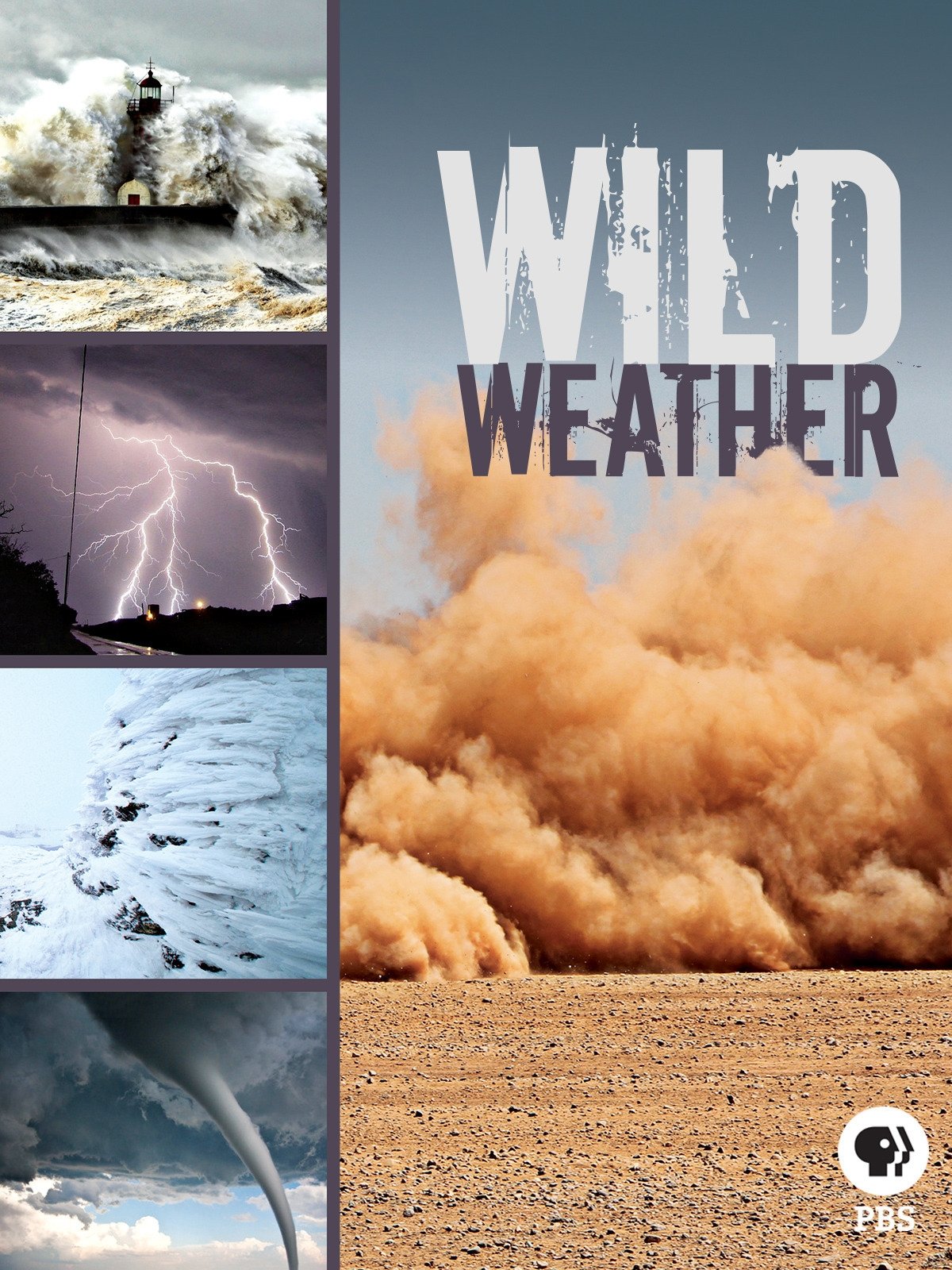
Wild Weather ()
Overview
An innovative documentary that illustrates how weather works by performing brave, ambitious (even unlikely) experiments that show how nature transforms simple ingredients like wind, water and temperature into something spectacular and powerful.
Production Companies

Additional Info
| Budget | $0.00 |
|---|---|
| Revenue | $0.00 |
| Original Language | en |
| Popularity | 0.1957 |
Directed By
Crew
TOP CAST
Similar Movies
The Hurricane of '38
In September of 1938, a great storm rose up on the coast of West Africa and began making its way across the Atlantic Ocean. The National Weather Bureau learned about it from merchant ships at sea and predicted it would blow itself out at Cape Hatteras, North Carolina, as such storms usually did. Within 24 hours, the storm ripped into the New England shore with enough fury to set off seismographs in Sitka, Alaska. Traveling at a shocking 60 miles per hour -- three times faster than most tropical storms -- it was astonishingly swift and powerful, with peak wind gusts up to 186 mph. Over 600 people were killed, most by drowning. Another hundred were never found. Property damage was estimated at $400 million -- over 8,000 homes were destroyed, 6,000 boats wrecked or damaged.
National Geographic's Storm of the Century
The storm of 1993 that ravaged the Eastern Seaboard was bigger than any since the 1800s. Most were expecting only more unseasonable warmth, and were caught off-guard by the hurricane winds, massive thunderstorms, and fierce blizzards. Meteorologists puzzled over bizarre reports from their computers. Late warnings went largely unheard. Video footage from Florida to Maine documents nature's savagery.
THE EARTHQUAKE
An experimental short film about the Earthquake, that is still ongoing in Turkey.
Fire Mountain: The Eruption and Rebirth of Mount St. Helens
In 1980, the eruption of Mount St. Helens leveled 230 square miles, sent 540 million tons of ash and volcanic rock twelve miles into the air, and blasted one cubic mile of earth from the crest of the Cascade Mountain Range. Illustrates the terrifying fury of the most destructive volcanic disaster in American history through aerial photography and survivors' own words. Shows examples of nature's plant and animal recovery seventeen years later.
The North Sea Flood of 1953
Eyewitnesses give first hand testimony about the worst natural disaster to strike Britain in modern times. On 31 January 1953, a massive storm and its huge tidal surge flooded 250 square miles of land from the Shetlands to the Thames estuary, killing hundreds of people, sinking several ships, and destroying tens of thousands of homes. Few remember this disaster that shocked the country as it emerged from the trauma of World War II, but those who do remember it vividly.
Whakaari – A Heroes' Story
On December 9, 2019, New Zealand's most active volcano erupted, engulfing 47 day trippers in a toxic ash cloud. 21 lost their lives that day and in the following weeks. Whakaari: A Heroes' Story paints a picture of the chaos and the bravery, and the complex rescue mission to save those stranded on the island.
Bring Your Own Brigade
An investigation into our landscape's hidden fire stories and on-the-ground experiences of firefighters and residents struggling through deadly fires.
Extreme Life & Death: The Blair Witches of Shockumentaries, Part One
A compilation of various accidents, disasters, executions, and other acts of mayhem and human feats caught on film.
Forgotten on the Bayou: Rockey’s Mission to the Whitehouse
On August 29, 2005, Rockey Vaccarella rode out Hurricane Katrina on his roof by holding on to a rope for 4 hours. Rockey and his family lost everything but he refused to give up. Nearly one year after surviving the worst natural disaster in the history of America, Rockey set out on a mission to deliver a message to the President of the United States. Even when most people thought he was crazy, Rockey hooked up his FEMA trailer and journeyed from Louisiana to the White House. By the time he arrived in the nation's capitol, Rockey had captured the attention of America and much of the world. FORGOTTEN ON THE BAYOU is the true story of an unforgettable man who believes that anything is possible.
Twisters: The Real Story
In 1996, Universal Pictures released 'Twister', a film about tornado researchers. This documentary revisits the topic, exploring the motivations of those risking their lives to study dangerous weather. With never-before-seen footage and interviews, it delves into the lives of Storm Chasers.
Asian Tsunami: The Deadliest Wave
Re-examines the dramatic events of Boxing Day 2004, and investigates the new science of Tsunami forecasting.
Before the Flood
A look at how climate change affects our environment and what society can do to prevent the demise of endangered species, ecosystems, and native communities across the planet.
The Eruption: Stories of Survival
The two NZ survivors of the deadly White Island eruption tell their remarkable story of survival.
Topsy-Turvy
As Cyclone Remal approached, we arrived in Debpur village of Dhankhali Upazila, Bangladesh. What struck us immediately was the stark contrast between the official warnings of impending devastation and the villagers' apparent lack of preparedness. Over the following days, amidst the unfolding chaos, we documented the lives of individuals as they grappled with the imminent threat of destruction. The film captures the overbearing anxiety that grips entire communities in the face of an approaching cyclone. Through intimate encounters, and candid interviews, we witness firsthand the resilience and fear of those directly in Remal's path. Their voices echo the overwhelming power of nature and the human spirit in adversity.
Forces Of Nature
Witness the awesome power and the unimaginable destruction of explosive volcanoes, ground-buckling earthquakes, and deadly tornadoes as you head into the field with scientists who risk their lives exploring the origins and behaviors of these fearsome natural disasters.
The Jupiter Menace
George Kennedy narrates this documentary that examines the theory that the world is doomed due to the influence the planet Jupiter has on the Earth.
